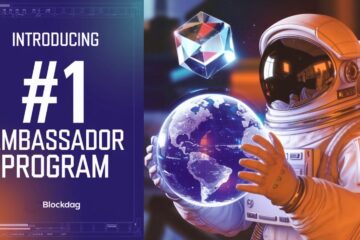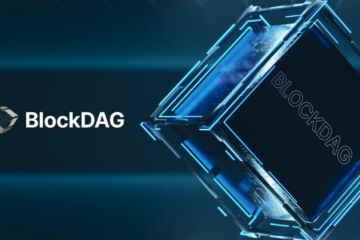As developers struggle to address the problem of blockchain scalability, one project is sticking out like a sore thumb. Caldera (ERA) has established itself as a leading Rollup-as-a-service platform, facilitating the effortless launch of Ethereum Layer-2 chains.
If you’ve heard the buzz surrounding the Caldera blockchain and the Era token, we’ll tell you more about the project. This article explains Caldera’s mission, its core DApp application, and provides an overview of the entire project.
What is Caldera?
Caldera is a blockchain project that aims to streamline the process of developing and deploying rollups to their bare essentials. Unlike other similar projects, Caldera introduces the concept of modular flexibility in the development. The project assigns each rollup an individual execution environment, preferred data availability, and a native ERC-20 token for gas fees. By offering a tailor-made solution, projects can optimize for cost efficiency, transaction speed, and security, tailoring them to meet individual project needs.
Caldera’s primary goal is to enable the deployment of highly scalable and application-specific networks. The project aims to scale Ethereum to a “web-scale” status, facilitating adoption by millions of users. Caldera leverages zero-knowledge rollup technology to solve the blockchain challenges of decentralization, security, and scalability, enabling seamless DApp creation.
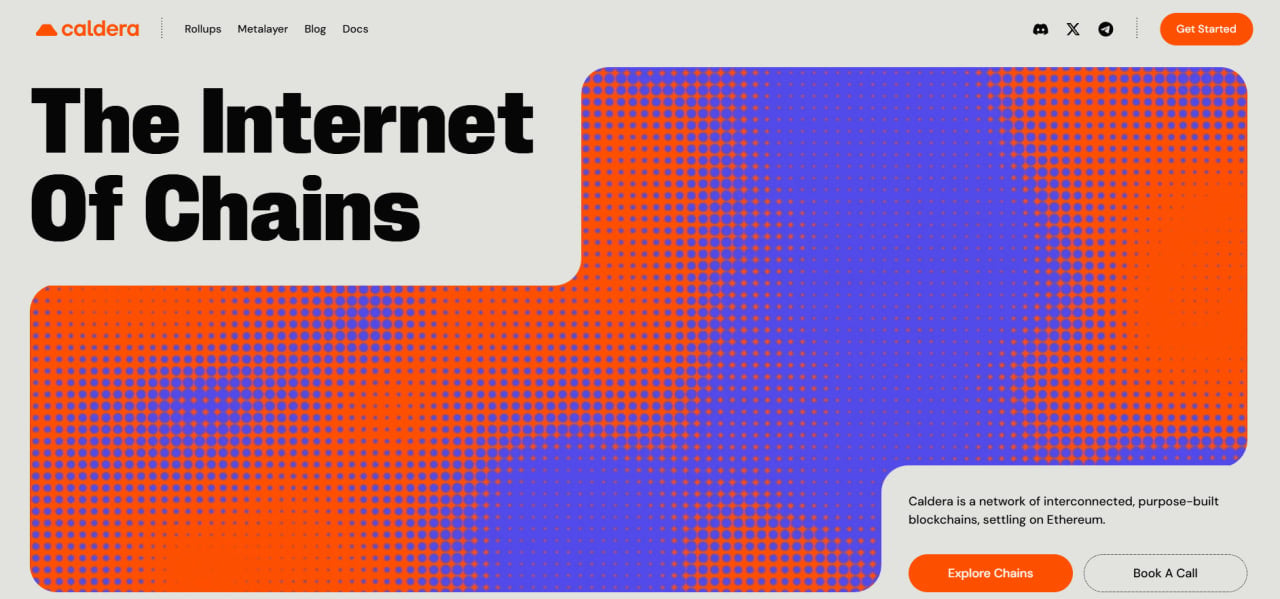

Main Benefits of Caldera
- Lower Transaction Costs: L2 technology reduces blockchain fees significantly compared to L1 blockchains.
- Better Speeds: The rollup process occurs off-chain, resulting in faster block times and confirmations.
- Customized and Optimized Performance: Users can customize their experience to meet their exclusive needs in terms of speed, cost, and more.
- Simpler Blockchain Deployment: The project’s infrastructure greatly simplifies the launching and management of custom blockchains and related DApps.
- Ecosystem Growth: It offers tools that foster growth and innovation within the NFT, Web3, gaming, and DeFi spaces.
- Increased Efficiency: Automation eliminates intermediaries, leading to enhanced efficiency.
Key Features of Caldera
In addition to enabling developers to deploy high-performance L2 blockchain platforms, the Caldera crypto project also offers significant benefits. The project has a suite of customizable features that have popularized it among Web3 project owners, which include the following:
- Customizable Rollups: Users can customize various aspects of their projects in multiple areas, including the token used for transaction fees. They may choose the best fee model for their application or optimize block times and limits to achieve optimal throughput and latency. Additionally, they can decide between the different data availability and storage models.
- EVM Compatibility: The project integrates seamlessly with the Ethereum Virtual Machine (EVM), allowing developers to migrate existing Ethereum DApps easily.
- Developer-Friendly Tools: The project offers tools such as SDKs and APIs that simplify the deployment and management of rollups.
- Interoperability: The project’s connected ecosystem is highly interoperable, facilitating asset transfers between different rollups.
What is the ERA token?
The ERA token (ERA) is the native utility and governance token of the crypto project. The token is designed to offer incentives to the community, comprising builders, users, and the broader crypto community. The ERA supply is capped at a fixed total of 1 billion tokens, which are minted at launch. The greater percentage of the allotment will be made available at the token generation event (TGE). However, investor and team allocation will follow a well-designed multi-year vesting schedule designed to encourage long-term commitment.
The ERA token distribution has been split into four buckets as follows:
- Retroactive ERA Airdrop: 30% rewards for builders, early testnet participants, and active community contributors.
- Team & Advisors: 20% allocation vested over two to four years
- Investors and Treasury: 30% funds ecosystem earmarked for expansion and strategic partnerships
- Ecosystem Incentives: 20% to fuel liquidity mining programs, governance rewards, and developer bounties.
Caldera (ERA) listed on Binance HODLer Airdrops
Cryptocurrency exchange Binance announced its 27th HODLer airdrop project, the ERA airdrop, which will distribute 20 million ERA tokens. According to Binance, ERA trading will start on July 17 at 15:30 UTC. The initial support for spot trading pairs will include USDT, BNB, USDC, FDUSD, and TRY pairs


For more information, check out Caldera (ERA) listing details on Binance HODLer Airdrops.
How Caldera (ERA) Works
Caldera utilizes a new service model, enabling developers to deploy rollups tailored to address specific needs without requiring extensive engineering resources. The project’s main innovation, the Metalayer, connects the different rollups to facilitate resource sharing, communication, and ecosystem coordination.
Rollups as the Foundation
The L2 solution bundles up multiple off-chain transactions before settling them on the leading Ethereum network. The approach reduces congestion on the Mainnet by allowing the Zero-knowledge and Optimistic rollups, offering flexibility for different applications.
Customization and Scalability
Instead of a single, giant blockchain, it enables developers to launch optimized, specific rollups for use cases such as DeFi, gaming, or DApps. Customization ensures that different rollups perform particular roles, such as security or governance, for apps. The Metalayer becomes the bridge that integrates the customization to facilitate seamless interaction between them.
Interoperability and Coordination
The Metalayer facilitates data transfer and communication between different rollups, enabling them to interact effectively. As a result, users can interact with their rollups across the board as if they were just one single rollup. The Metalayer also facilitates coordination and sharing among rollups, leading to greater scalability and efficiency.
ERA Token
ERA. the native cryptocurrency of Caldera, serves different purposes within the ecosystem, including:
- Transaction Fees: ERA will be used to pay transaction fees within the Metalayer system for all cross interactions.
- Staking: Holders can stake ERA tokens to participate in securing the network.
- Governance: Holders will be allowed to vote on governance issues relating to the platform’s future upgrades and treasury management.
What are Rollups?
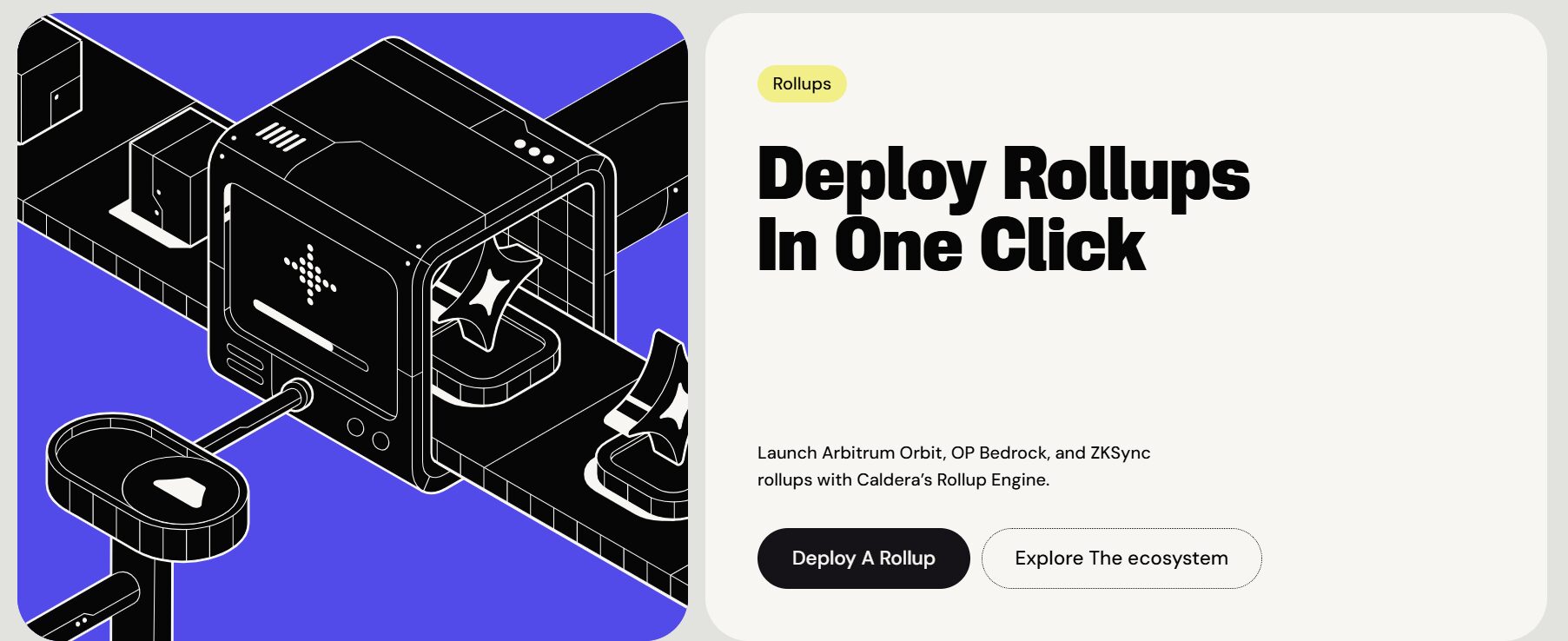

Despite its many benefits, blockchain technology is plagued by a serious challenge of scalability. Rollups are designed to act as a second-layer scaling solution that processes transactions off-chain before getting settled on the main blockchain. The procedure speeds up the process timings and can significantly reduce transaction costs.
By acting as a deployment platform, Caldera introduces a comprehensive set of tools and infrastructure that simplifies the process. The streamlined process enables developers to:
- Build custom rollups easily: The project introduces a framework that facilitates developers to build specially customized rollups.
- Access developer tools: Caldera provides specialized tools to modernize development with smart contract templates, monitoring dashboards, and security audits.
- Leverage reliable infrastructure: The project utilizes infrastructure specifically designed to facilitate rollup operations, ensuring security and scalability.
Caldera Metalayer
Metalayer is Caldera’s cross-chain interoperability game-changing bridge, streamlining interactions within the platform. The bridge acts as a seamless communication feature, facilitating seamless communication. The Metalayer removes complexity and simplifies the cross-chain experience for users and developers.
By offering hassle-free cross-chain interoperability, Metalayer facilitates instant liquidity and rapid bridging, reducing transfer times from minutes to seconds. The concept leverages a settlement layer and intent-based technologies to eliminate complexities and reduce costs for transactions. As a result, developers who use the Metalayer ecosystem can reduce upfront and ongoing costs while enhancing security.
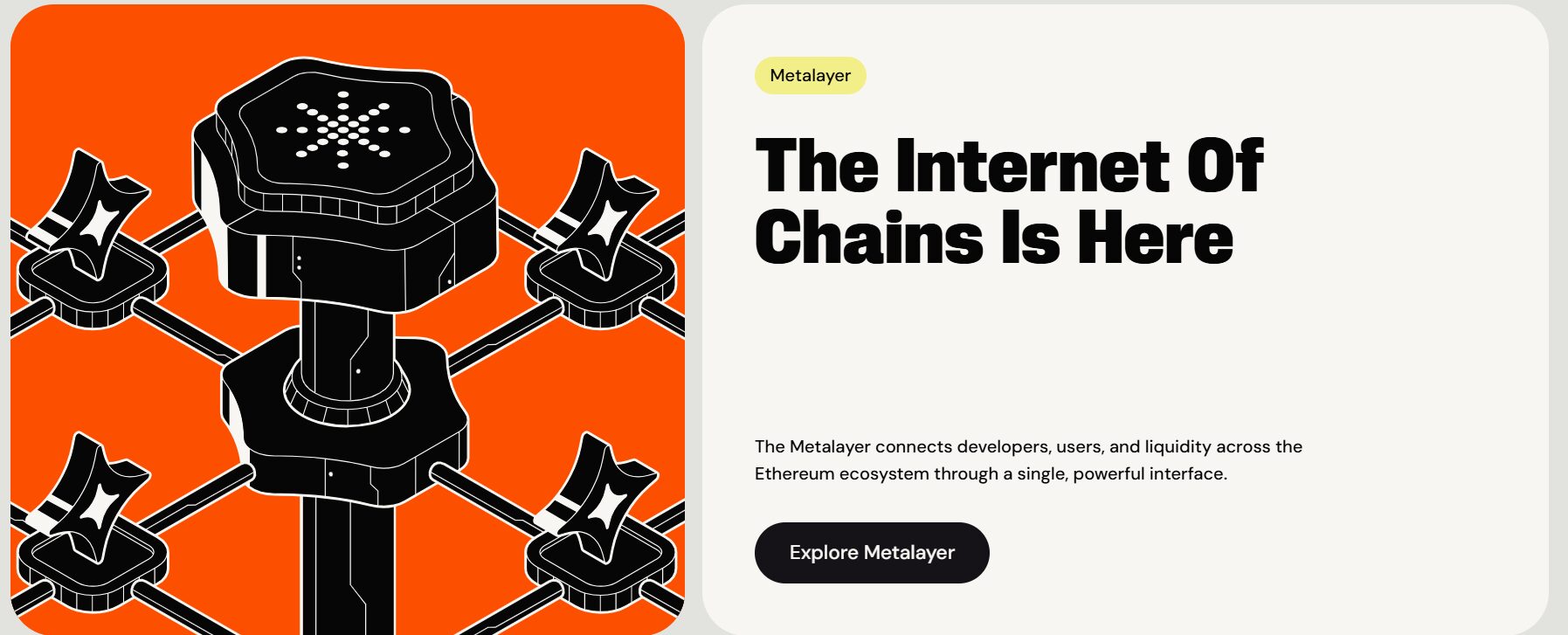

Fragmentation has always been a serious challenge within the blockchain ecosystem. This made it difficult for developers and users to interact efficiently, move assets across chains, and attract liquidity. Caldera’s Metalayer is a solution to this significant challenge. The concept introduces a unified platform that integrates different rollups, enabling them to communicate and share resources.
The project envisions a future where Metalayer interconnects over 10,000 projects to create a constellation that delivers efficiency and scalability. The aim is to enable the Ethereum ecosystem to become more cohesive, resilient, and user-friendly with every new rollup integrated. The developers aim to attract more partners and developers to create a seamless, secure, and efficient future for decentralized applications (DApps) worldwide.
The Future of Caldera (ERA)
With its rollup engine and ERA token, the Caldera crypt has positioned itself strategically to revolutionize the future of blockchains. By facilitating the creation of customizable, interconnected, and scalable rollups, it is poised to foster a more efficient Web3 system. The project’s rollup-as-a-service concept simplifies the development and deployment of decentralized applications (DApps), thereby encouraging user growth and adoption.
The project’s vision is to create a unified, interconnected blockchain that allows different networks to interact seamlessly, thereby fostering greater innovation. The innovative approach to rollup interoperability and community-driven approach could play a significant role in pushing up blockchain adoption. This may become the key that shapes the future of the blockchain’s and the ERA token.
 Bitcoin
Bitcoin  Ethereum
Ethereum  Tether
Tether  XRP
XRP  Solana
Solana  USDC
USDC  TRON
TRON  Lido Staked Ether
Lido Staked Ether  Dogecoin
Dogecoin  Figure Heloc
Figure Heloc  Cardano
Cardano  Bitcoin Cash
Bitcoin Cash  Wrapped stETH
Wrapped stETH  WhiteBIT Coin
WhiteBIT Coin  Wrapped Bitcoin
Wrapped Bitcoin  Wrapped eETH
Wrapped eETH  USDS
USDS  Chainlink
Chainlink  Binance Bridged USDT (BNB Smart Chain)
Binance Bridged USDT (BNB Smart Chain)  Monero
Monero  LEO Token
LEO Token  WETH
WETH  Stellar
Stellar  Coinbase Wrapped BTC
Coinbase Wrapped BTC  Sui
Sui  Ethena USDe
Ethena USDe  Litecoin
Litecoin  Zcash
Zcash  Avalanche
Avalanche  Hyperliquid
Hyperliquid  Shiba Inu
Shiba Inu  Hedera
Hedera  Canton
Canton  USDT0
USDT0  sUSDS
sUSDS  World Liberty Financial
World Liberty Financial  Dai
Dai  Toncoin
Toncoin  Cronos
Cronos  Ethena Staked USDe
Ethena Staked USDe  PayPal USD
PayPal USD  Uniswap
Uniswap  Polkadot
Polkadot  USD1
USD1  Mantle
Mantle  Rain
Rain  MemeCore
MemeCore  Bittensor
Bittensor 
